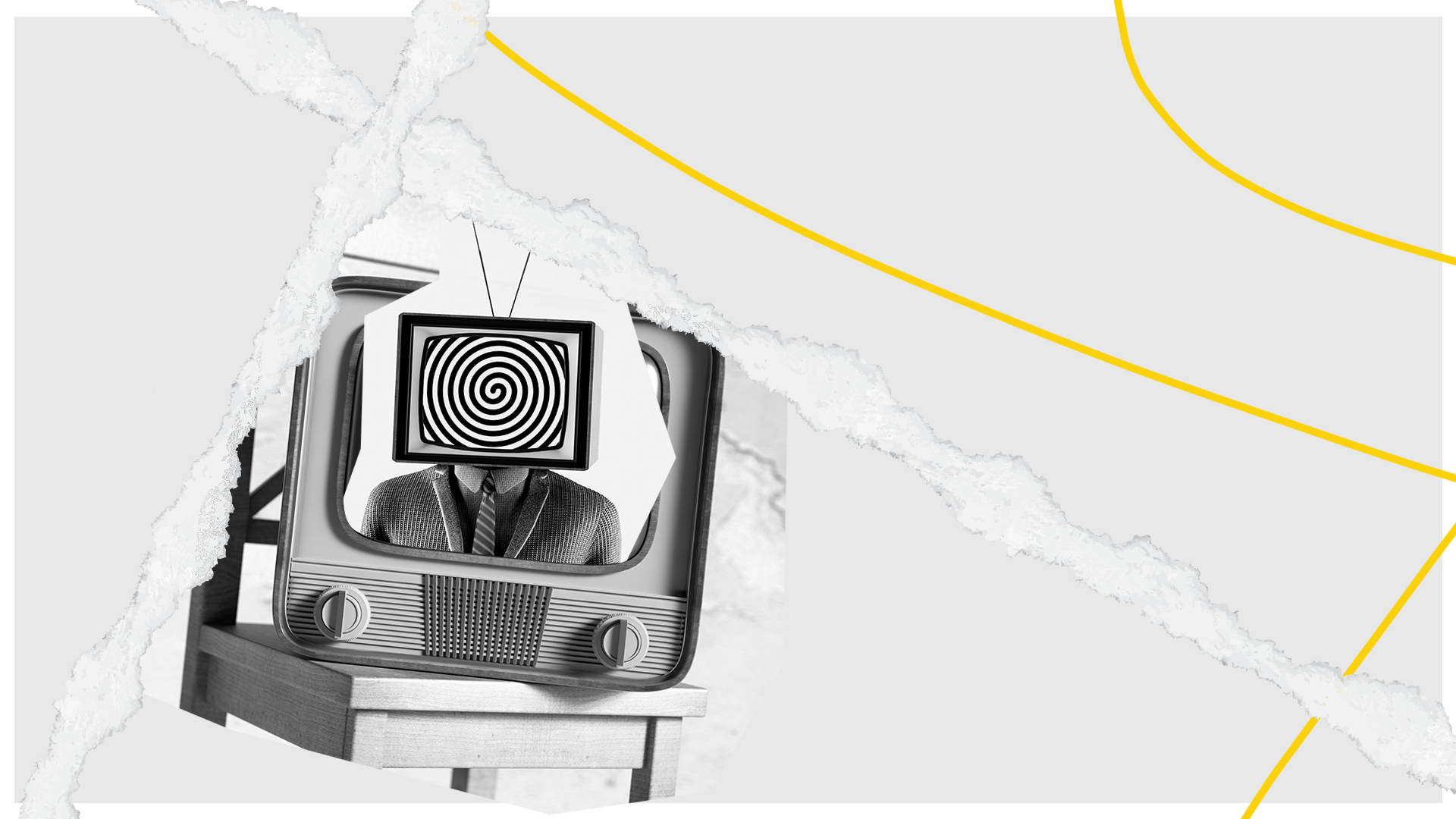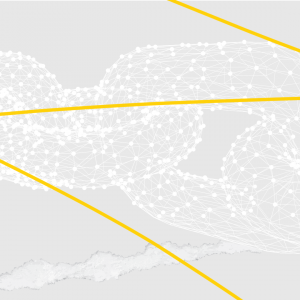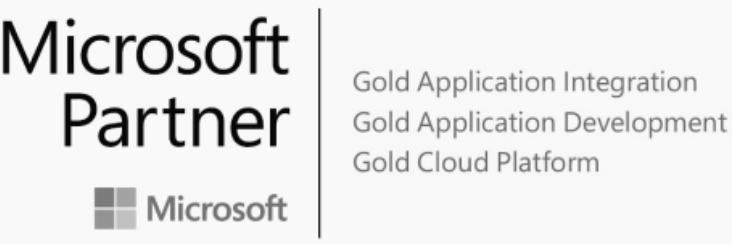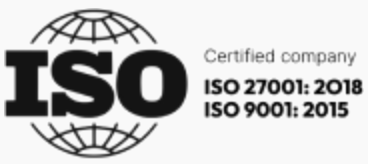To give you more perspective, we are going to create a path of understanding between how it all started, what it means, and how it’s going to affect you as an individual, and your business.
Back in May 2021, a new Code of Practice on Disinformation was established, in order to keep under control and optimized guidance, following players within various industries – media and publicity agencies, fact-checkers, researchers, major online platforms, and even civil society organizations.
"The Commission now has very significant commitments to reduce the impact of disinformation online and much more robust tools to measure how these are implemented across the EU in all countries and in all its languages."
Věra Jourová, vice president for values and transparency at the European Commission, said as part of a press release announcing the new code of practice.
According to the European Commission, the strengthened Code of Practice on Disinformation has been signed and presented on June 16th, 2022, initially signed by 34 parties, including major social media platforms like Meta, Twitter, and TikTok, and tech giants including Adobe, Google, and Microsoft.
The new Code aims to achieve the objectives of the Commission’s Guidance presented in May 2021, by setting a broader range of commitments and measures to counter online disinformation.
What does Code of Practice on Disinformation mean?
Consider the Code of Practice on Disinformation as a tool through which relevant players in the industry agreed, for the first time in 2018, on self-regulatory standards to better fight online disinformation.
The revision process was launched in June 2021 and, after the signature and presentation of the revised Code on June 16th 2022, the new Code will become part of a broader regulatory framework.
This broader regulatory framework will also include the Digital Services Act, a piece of EU legislation that was approved in April 2022 to better protect European users from online disinformation and illegal content, goods, and services.
Moving forward, we are going to further examine and list the benefits of this new regulation.
What are the business benefits of the code of practice on disinformation?
Demonetization - cutting financial incentives for purveyors of disinformation
The new code aims to ensure that the people who sell or deal with specific goods do not benefit from advertising revenues when propelling disinformation.
This means stronger measures to avoid the placement of advertising next to disinformation, as well as spreading, widely, any sort of misleading information.
Transparency of political advertising
Keeping an eye on the importance of political advertising, especially if we are thinking about shaping public opinion and life decisions. A new measure of transparency will be settled, aiming for users to easily recognize political ads, by reading the labels of the initial sponsor, ad spend, and the display period.
Ensuring the integrity of services
One of the most discussed topics and seen as the most effective way to put a stop to it – reducing manipulative behavior. It is commonly used to spread disinformation by creating fake accounts, bot-driven amplification, impersonation, and malicious deep fakes.
Putting together a sort of, so-called, cross-service, for a better understanding of the unpermitted manipulative behavior, in order to spread disinformation, will be also agreed upon among the signatories.
They will also be required to periodically review the list of tactics, techniques, and procedures (TTPs) employed by malicious actors, and will implement clear policies, covering the range of behaviors and practices identified.
Empowering users
To prevent disinformation from spreading to various users, specific tools would be able to recognize, understand, and flag, misleading and untrue information.
How so? By being able to access only authoritative sources and media literacy initiatives.
The tools will be adapted to limit the propagation of disinformation.
Empowering researchers
The Code foresees that online platforms provide better support to research on disinformation. Researchers will have finer access to platforms’ data, seeing all the preferable characteristics of non-personal, anonymized, aggregated, or manifestly public data.
Working towards putting in place a governance structure to simplify access to data requiring additional examination.
Empowering the fact-checking community
The new Code establishes extended fact-checking coverage across all EU Member States (and spoken languages in the EU). The online platforms will have to make sure that they have consistent fact-checking practices, including independent fact-checkers.
Given the element of independence in fact-checking, the business model of the online platform will have to ensure a “fair” financial contribution towards this. The platforms will also have to facilitate open access for these fact-checkers to perform their work.
Transparency center and taskforce
When mentioning task force, we are referring to representatives of signatories, the European Regulators Group for Audiovisual Media Services, the European Digital Media Observatory, and the European External Action Service which is chaired by the Commission.
With this initiative in place, all the citizens will gain access to an overview of the implementation of new measurements, providing transparency and regular updates of relevant data.
Future-proof and fit-for-purpose, by establishing a forum – inter alia, to review and adjust the commitments in view of technological, societal, market, and legislative developments.
Strengthened monitoring framework
As you already know, there is always a need for precise and relevant frameworks. The new code will come with a strong monitoring framework, including specific service levels with the support of the EU Commission at the Member States level.
It is predicted that by the beginning of 2023, signatories will provide the Commission with the first baseline reports on their implementation of the Code.
In addition, every major online platform, as already defined in the DSA Act, will also report every six months, while others within the industry will report on a yearly basis.
The commitment for this new measure is to look toward establishing structural indicators and metrics for interpreting, analyzing, and measuring the real impact of the Code on Disinformation.
Tackling Disinformation in 2023
By the beginning of 2023, the signatories must provide the Commission with their first report after implementation. Until then, they have 6 months to implement the specific measurements and commit to each one as they have signed up.
For a more detailed discussion and our take on the new Code of Practice on Disinformation, feel free to get in touch. Until then, you can read our article on content moderation in coordination with this topic.






